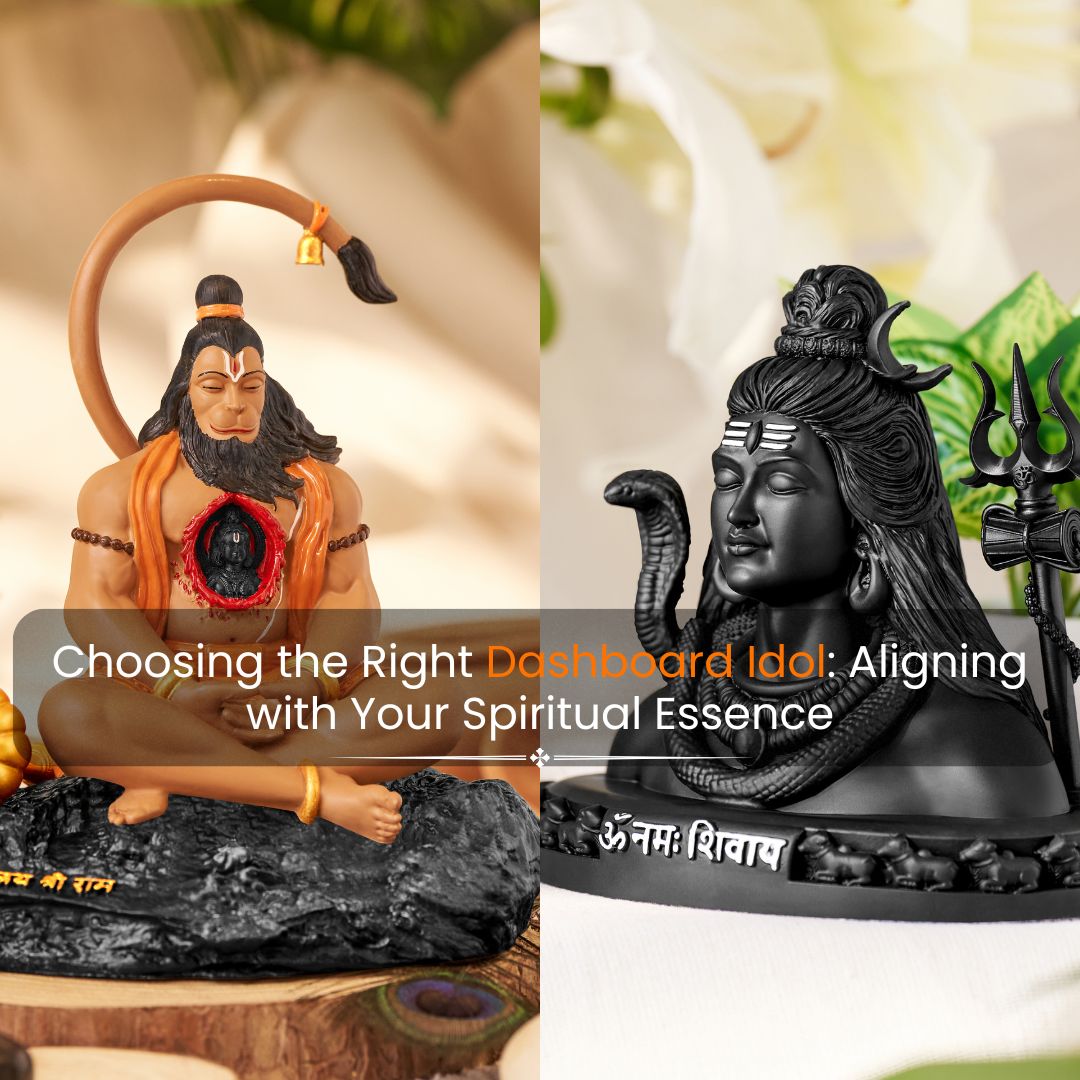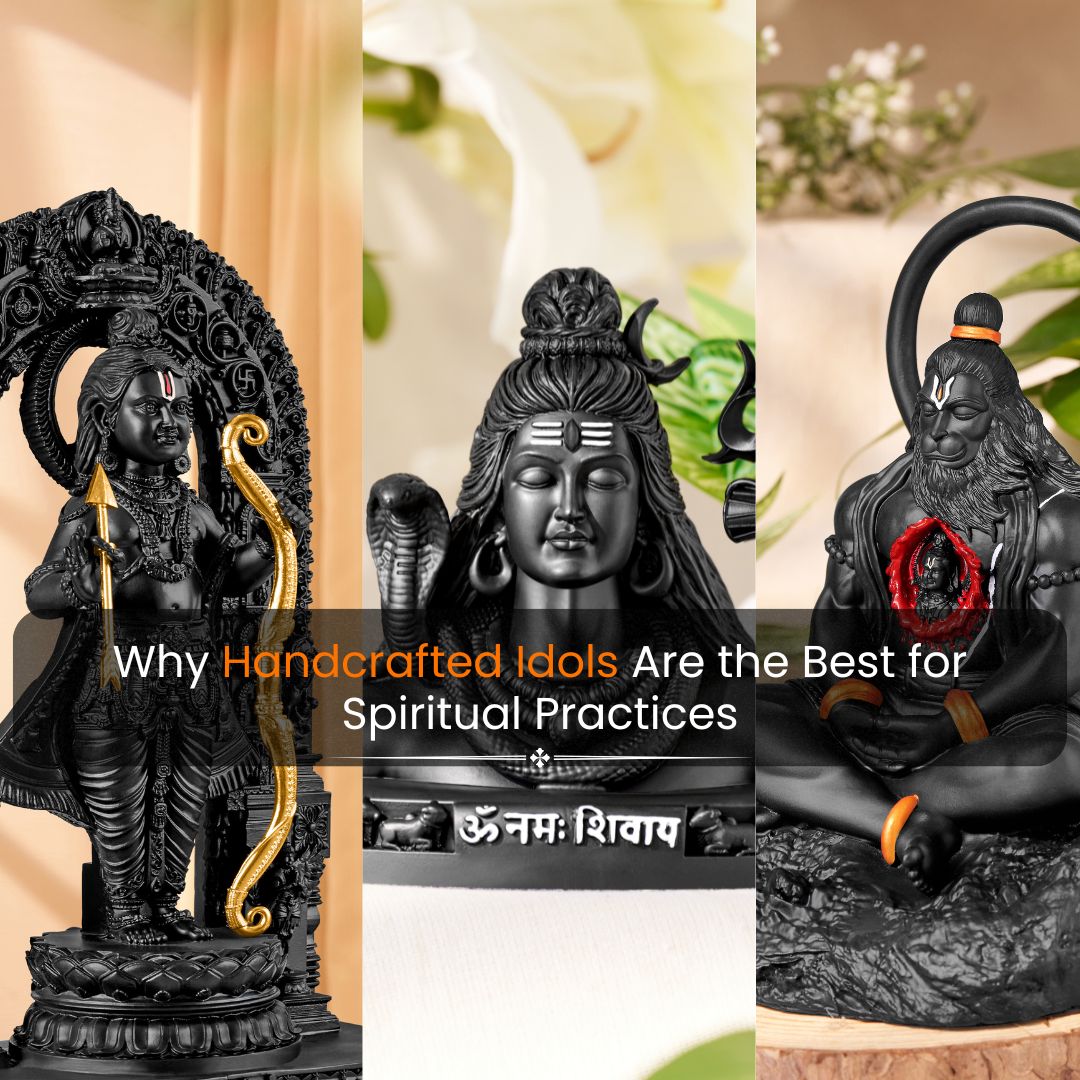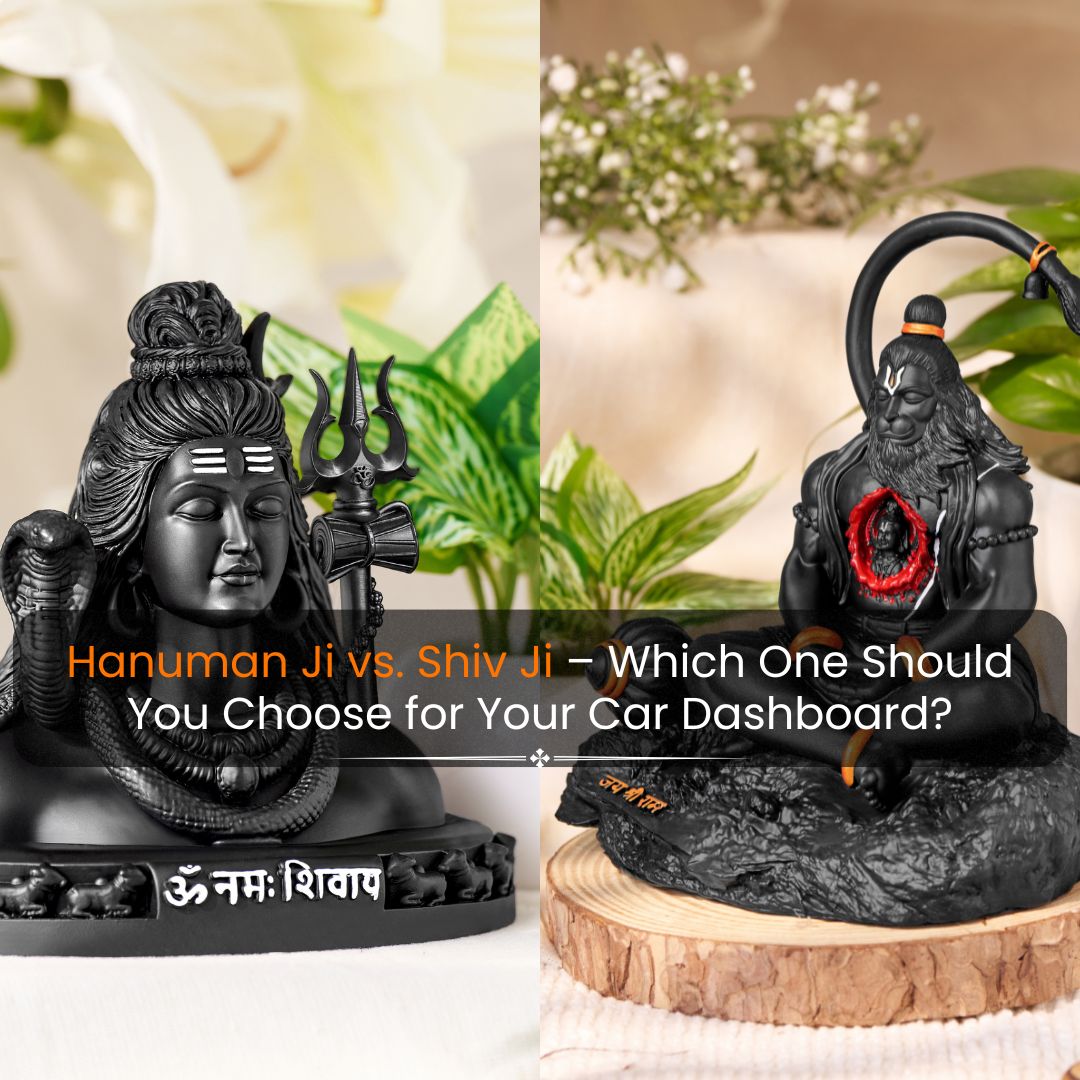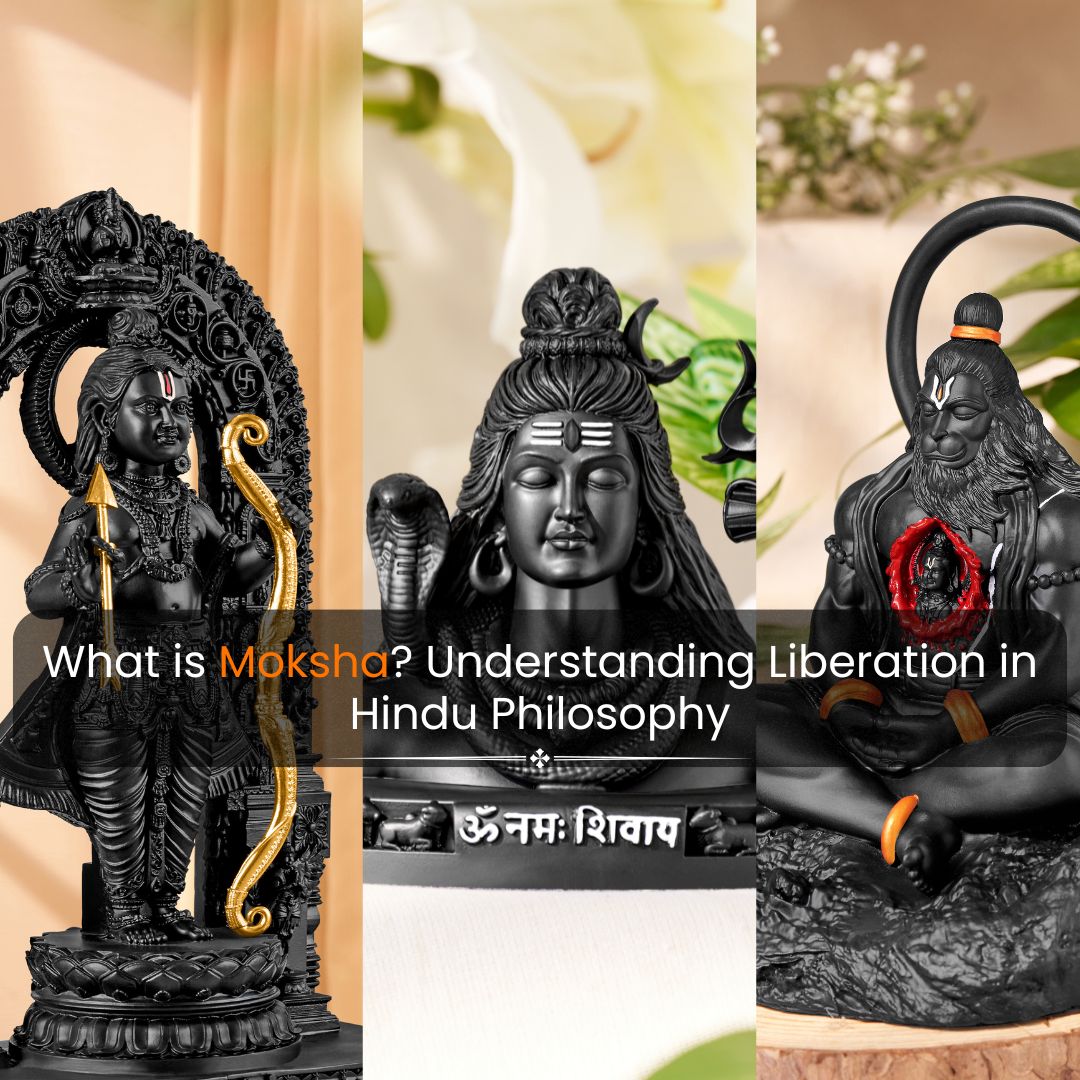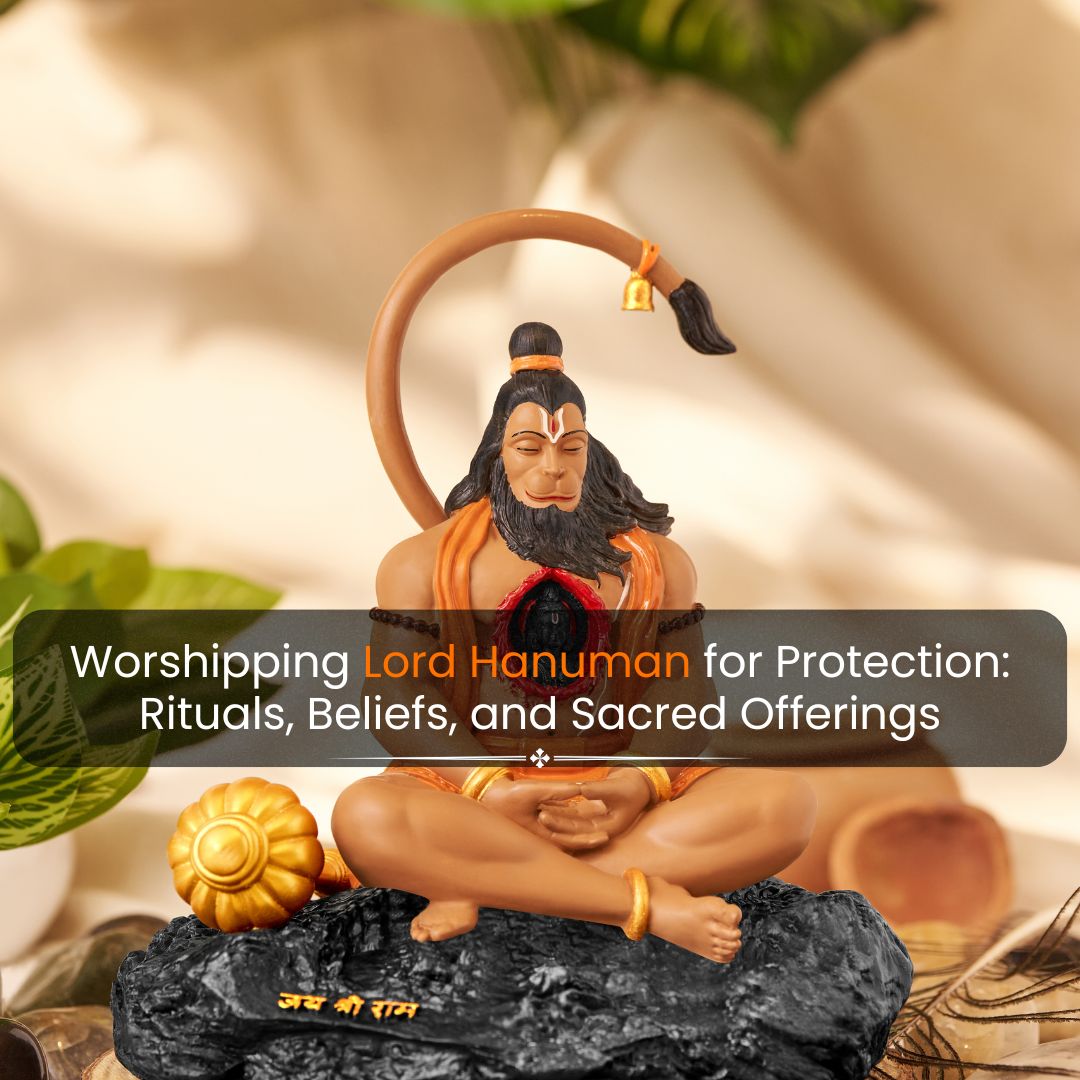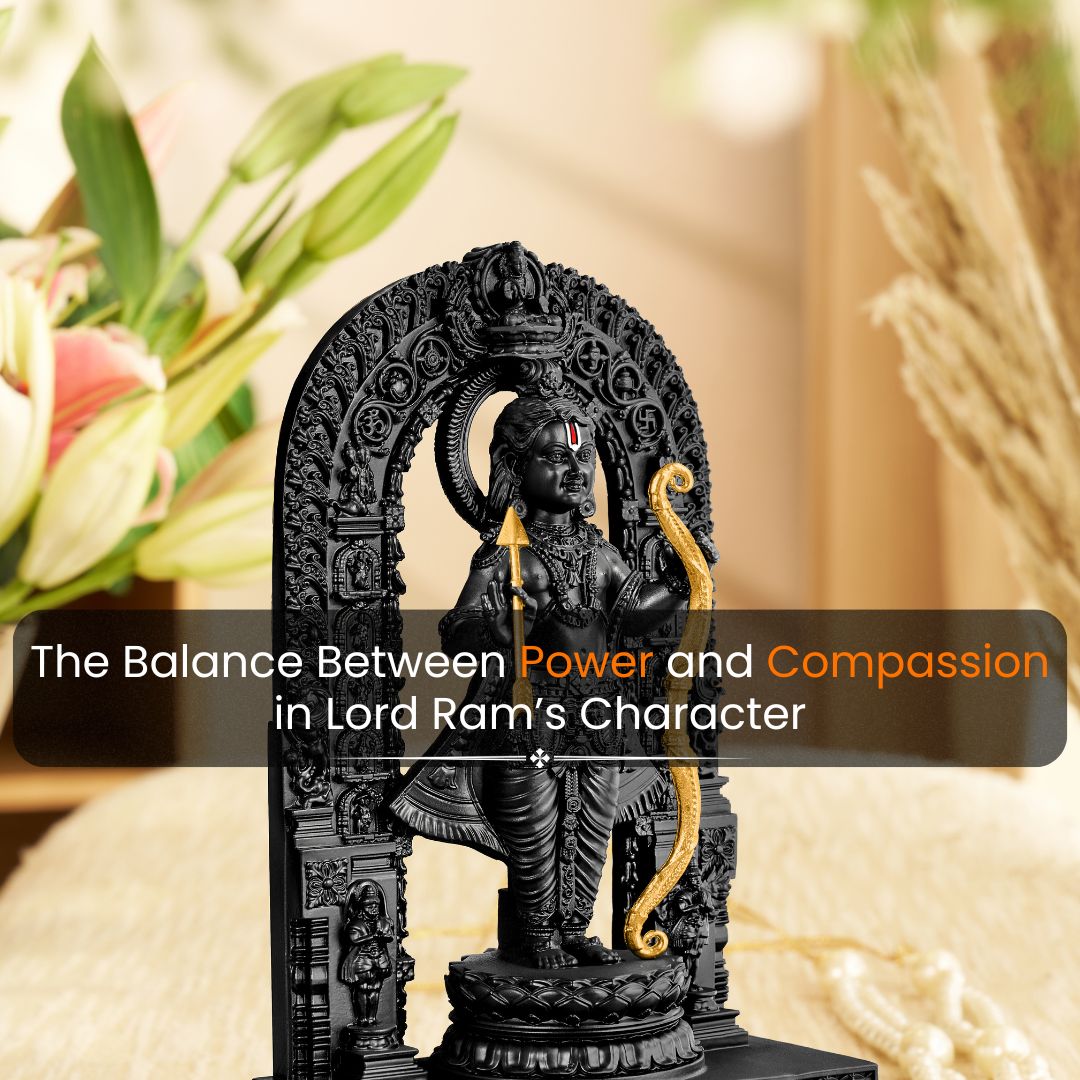
Commemorating the Birth of Lord Rama and the Journey to Ram Mandir
Lord Rama, also known as Ramachandra or simply Rama, is a revered figure in Hinduism and a central character in the ancient Indian epic, the Ramayana. According to Hindu mythology, Lord Rama is considered the seventh avatar (incarnation) of Lord Vishnu, one of the principal deities in Hinduism.
Traditional accounts state that Lord Rama was born in Ayodhya, and his birth is celebrated annually on the auspicious day of Ram Navami. Lord Rama lived during the Treta Yuga, which is one of the four Yugas (ages) in Hindu cosmology.
Lord Rama, the seventh avatar of Lord Vishnu, belonged to the illustrious family of King Dasharatha in the ancient city of Ayodhya. King Dasharatha had three other queens: Kausalya, Kaikeyi, and Sumitra. Kausalya was the chief queen of King Dasharatha. Born to Queen Kausalya, Rama was the eldest son and she was his mother. Kaikeyi was the mother of Bharata and Sumitra was the mother of twins, Lakshmana and Shatrugna.
Ayodhya believed to be Lord Rama’s birthplace, became a symbol of historical and religious importance. Over time, the site became a symbol of religious and historical significance. Ownership disputes over the land in Ayodhya sparked a long-standing debate with different opinions and emotions about the site. In the 20th century, a movement began to build a temple dedicated to Lord Rama at the disputed site, gaining widespread support. Courts were involved in settling the dispute over land ownership, and various verdicts shaped the course of the Ram Mandir construction.
In 1992, the Babri Masjid that stood on the disputed site was demolished, adding complexity to the situation and leading to more legal and political developments. The government played a role in acquiring the land and settling titles to ensure a peaceful construction process. Steps were taken to resolve issues surrounding land ownership. In 2020, a historic ceremony marked the beginning of the construction of the Ram Mandir, with people from all walks of life participating in this joyous event. Since the foundation ceremony, construction has been progressing in different phases.
The temple is being built with traditional architectural styles and cultural significance, featuring a unique design with symbolic features representing cultural and religious elements. The architecture reflects India's rich heritage. The temple was inaugurated in a grand ceremony and is now dedicated to Lord Rama, with religious and cultural rituals performed during this special occasion. The construction received immense public support through donations, volunteer efforts, and positive encouragement.
The completion of the Ram Mandir has positively influenced Ayodhya's economy and tourism, leading to a cultural revival and making it a center for spirituality and heritage. Efforts are underway to promote harmony and understanding among people of different faiths. The global recognition of the construction has sparked reactions from people around the world. Ayodhya is experiencing a cultural renaissance with festivals and events celebrating its rich history. The completion of the Ram Mandir marks a significant chapter in Ayodhya's cultural journey.













